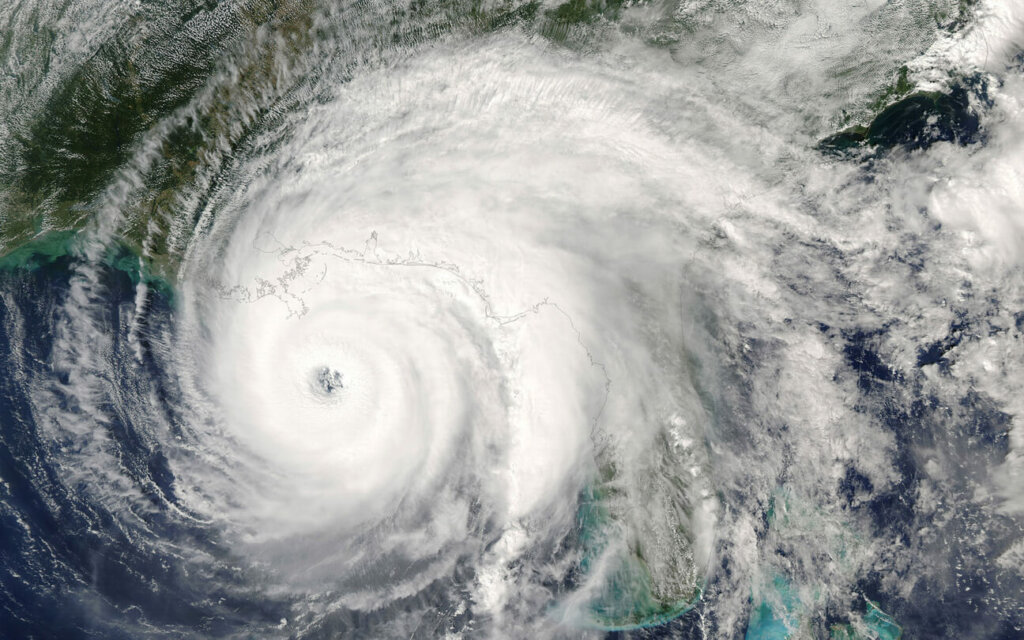 As the crisis in the Ukraine continues to escalate, our first thoughts always remain with those who are directly impacted. Adding to the challenges of navigating new risks related to sanctions, supply chain disruptions, and cybersecurity threats, many organizations are having to make difficult decisions on whether they can continue operating within Russia and Belarus. For some, they are responding to the complex new legal requirements regarding sanctions, supply chain impacts, or adhering to their own organization’s guiding code of conduct and values statements, but other organizations are folding to external pressures, such as calls for consumer boycotts and other related brand and reputational risks.
As the crisis in the Ukraine continues to escalate, our first thoughts always remain with those who are directly impacted. Adding to the challenges of navigating new risks related to sanctions, supply chain disruptions, and cybersecurity threats, many organizations are having to make difficult decisions on whether they can continue operating within Russia and Belarus. For some, they are responding to the complex new legal requirements regarding sanctions, supply chain impacts, or adhering to their own organization’s guiding code of conduct and values statements, but other organizations are folding to external pressures, such as calls for consumer boycotts and other related brand and reputational risks.
As resiliency professionals, we are often called upon to plan on continuing our business operations in the face of disruption – no matter what the cause. The ability to continue business operations allows our executive leadership team and board members to meet their fiduciary obligations to stakeholders. But what if other factors are in play, where continuing business operations could disobey a new law or there exists a gray area where avoiding consequences is unpredictable or unavoidable? While many organizations in the US, UK, and EU are suspending operations in Russia to align with their local sanction requirements, suspending business operations will impact those operational assets and disrupt the organization’s ability to deliver products and services to their customers. This type of decision often poses an ethical dilemma – and the decision-making process forces us to choose between the path of greater good or least harm, even if that means making uncomfortable choices.
Global business response to the Ukraine crisis
As introduced, many companies have already responded to the crisis by severing or limiting aspects of their business operations in Russia. At face value, this seems like the most direct action in order to limit reputational damage or detrimental harm to shareholder value. LinkedIn’s editorial team is keeping track and updating corporate actions on an on-going basis.
A powerful force in some of these decisions is motivated by growing calls from consumers who are upset those businesses are continuing to operate in Russia – regardless of the underlying factors. Twitter hashtags #BoycottXXXX are growing as consumers express their dissatisfaction with global brands and familiar retail organizations. Many of the consumers who are vocal about an institution’s failure to leave the region are seeking to leverage the fervent emotional energy surrounding social justice and the clear humanitarian crisis that has resulted from the invasion. Consumers are actively coming together to pile on the pressure for companies who remain tied to Russia. This crowd-sourced sentiment is establishing the notion that there will be consequences for those organizations that do not respond appropriately – for consumers are speaking with their wallets and diminishing brand credibility through negative reviews about the businesses.
However, simply cutting operational ties with Russia or Belarus is not necessarily as simple as closing shop. Organizations today are increasingly complex and could have critical assets in Russia that they rely on to manage their operations – or their operations in the region may make up a significant portion of their business portfolio and ability to generate revenue. According to Kathleen Brooks (cited from the Guardian), “I don’t think it’s as simple as saying can you just pull out of Russia,” she said. “These are complicated businesses and there’s a lot to consider, but right now the reputation risk could really hit their share prices so they may have no choice going forward.”
To best navigate the sensitive channels between minimizing reputational damage and brand perception, maintaining a level of operations which can sustain product/service delivery, and taking the necessary steps to conduct business ethically requires a proactive strategy which considers each channel in every preparation exercise and process.
Why is it important to weigh reputational risk in decision-making for resiliency planning?
As a risk management leader, effectively managing reputational risk can be one of the most difficult challenges. We learn to expect the unexpected and anticipate as best we can, but the timing and scale of these types of risks is hard to capture as they are often triggered by factors outside of our direct control.
The materialization of a reputational risk can cause consumers to lose confidence in your business which negatively impacts business operations, including the loss of trust in your business by its employees and consumers which can lead to attrition or diminishing revenue. There is also rapidly growing investor sentiment tied to issues which reflect an organization’s stance toward corporate social responsibility. This is putting pressure on businesses to do the right thing – even if doing the right thing detrimentally impacts their ability to deliver products and services to the customers that rely upon them.
Reputational risk events may materialize as frequently as other risk domains, but when they do, the consequences are often severe or even catastrophic to the longevity of the target business. As part of the fundamental risk assessment process, organizations need to understand how their core operational strategy may clash with core business values or other policy statements which make up the DNA of their corporate vision. By understanding the correlation between the risks they are exposed to, their critical operational path, and the communicated values which support the institution’s spine, these businesses will begin to develop the first steps needed to respond to a crisis which directly challenges the fabric of their ethics.
How can businesses respond?
- Ensure your risk and resiliency program has direct alignment to your company’s tone from the top and takes into consideration things like (1) core values, (2) code of conduct, and (3) environmental, social, and governance (ESG) obligations when you are building out your programs. Strong ethical and resilient cultures start from the top and connect with bottom-up processes head on.
- If you are not already doing so, keep key social considerations (like stakeholder, consumer, and employee impacts) in mind as you are setting the baseline for processes, such as scenario testing, risk assessment, or assessing product/service level impact tolerances. Customer impacts are a key output when considering your operational resilience posture; it is your responsibility to protect those which rely on your products or services and set resilience strategies that align with this protection.
- Deploy procedures and mechanisms for your customers to send your company some feedback. More importantly, create processes which enable effective action on that feedback when warranted.
- Ensure you have a crisis communications response plan and embed scenario testing into your preparation strategy. Assume that there is reputational risk and brand exposure in every response and align the necessary operational changes to your ethical and moral compass. This will ensure you are able to find a middle ground that allows you to: (1) continue operating in the capacity to deliver products/services to your customers, (2) stay true to your ethical and moral obligations, and (3) let consumers know the brand they trust is reacting responsibly and effectively to global crises.
- Leverage technology to help you understand the external threats your business can face by establishing operations in a specific geography, to scan for adverse media alerts about your company, and to help you deploy a crisis response plan if the worst happens.






